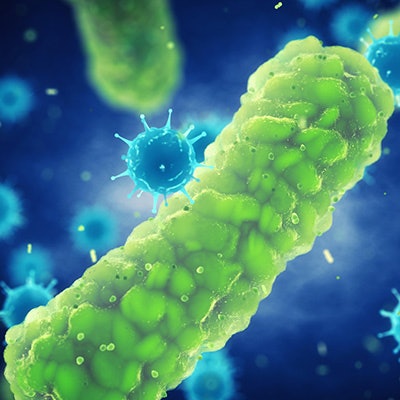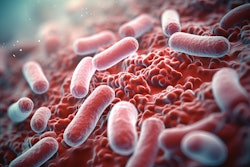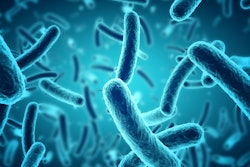
Periodontal pathogens aggressively induce oral squamous cell carcinoma (OSCC) through intracellular and inflammatory signaling pathways, according to a new animal study published on October 1 in PLOS Pathogens.
However, nisin, an antimicrobial and probiotic peptide bacteriocin, inhibited oral cancer formation mediated by periodontal pathogens. The authors believe this is the first study that offers direct evidence of a bacteriocin's effect on oral cancer formation.
"Nisin can modulate these pathogen-mediated effects, and thus has therapeutic potential as an antimicrobial and antitumorigenic agent," wrote the authors, led by Pachiyappan Kamarajan, PhD, of the department of orofacial sciences at the University of California, San Francisco (UCSF) School of Dentistry.
Oral squamous cell carcinoma is the most common malignant oral tumor. Smoking, alcohol consumption, and HPV infection are well-known risk factors for this type of oral cancer, but they fail to fully explain its incidence and aggressive behavior. Therefore, the researchers set out to test their hypothesis that key periodontal bacteria promote oral cancer via specific host-bacterial interactions and to determine whether nisin therapy could affect these responses.
In the study, mice were injected with pathogen-challenged OSCC cells. They were then evaluated using a scratch migration assay and Matrigel invasion assay.
Gum disease pathogens Porphyromonas gingivalis, Treponema denticola, and Fusobacterium nucleatum enhanced OSCC cell migration and invasion and tumor formation in mice that were injected with the bacteria, the authors found. This occurred without significantly affecting cell proliferation or programmed cell death.
Periodontal pathogens appear to promote cancer aggressivity via crosstalk between certain signaling pathways, integrin/focal adhesion kinase (FAK) and toll-like receptor (TLR)/MyD88, the group wrote.
The mice received 800 mg/kg of body weight per day of nisin ZP, a common food preservative. After seven weeks of treatment, the mice showed significantly reduced tumor volumes compared to controls, and nisin dramatically blocked pathogen-induced tumor production, according to the authors.
Kamarajan and colleagues listed no specific study limitations. Though the findings confirmed that oral pathogenic bacteria mediate a more aggressive OSCC cellular phenotype by modulating integrin alpha V expression, the involvement of additional integrins or other cell surface receptors cannot be excluded, they noted.
"Altogether our findings shed new light on molecular mechanisms of pathogen-mediated carcinogenesis and pave the way to better understand the anticancer potential of the [bacteriocin nisin] in oral carcinogenesis," they wrote.




















